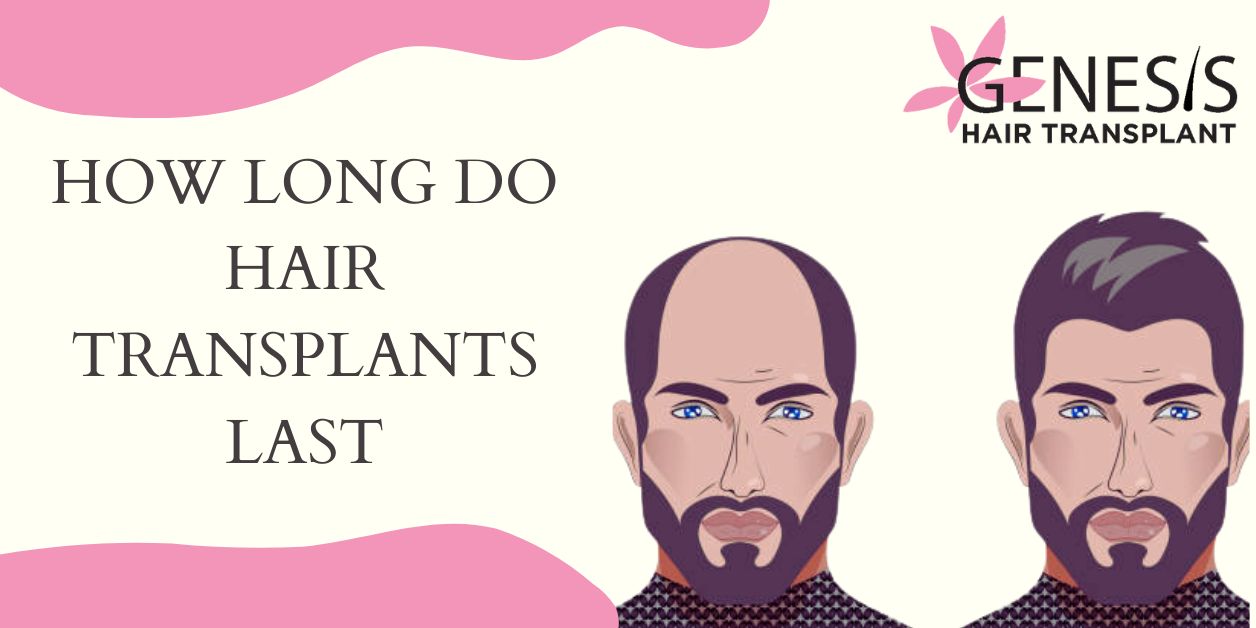Blogs
Home
Blogs
The Best Techniques for Hair Transplantation in India
Hair loss is a common concern that affects a significant number of people worldwide, including in India. Fortunately, advancements in medical technology have led to the development of various hair transplant techniques that offer effective solutions to combat baldness and restore natural hair growth. With the increasing popularity of hair transplant procedures in India, it becomes crucial for individuals to understand the different techniques available to make informed decisions about their hair restoration journey. In this article, we will explore the best techniques for hair transplant in India, considering their advantages, limitations, and overall suitability.
May 30, 2023 • 4 min read

Follicular Unit Extraction (FUE):
Follicular Unit Extraction (FUE) is one of the most popular and advanced techniques for hair transplantation in India. It involves the extraction of individual hair follicles from the donor area, typically the back of the scalp, using a specialised punch tool. The follicles are then carefully implanted into the recipient areas experiencing hair loss. FUE offers several advantages, including minimal scarring, a quicker recovery time, and natural-looking results. With the use of advanced robotics and automated devices, such as the ARTAS system, FUE has become even more precise and efficient.
Follicular Unit Transplantation (FUT)
Follicular Unit Transplantation, commonly known as FUT, is one of the oldest and most reliable hair transplant techniques. It involves the extraction of a thin strip of hair-bearing tissue from the donor area, typically the back of the scalp, which is then divided into smaller grafts. These grafts are meticulously transplanted into the recipient area, where the hair loss is most prominent.
FUT offers several advantages, including the ability to harvest a large number of grafts in a single session, making it suitable for patients with extensive hair loss. Additionally, the survival rate of the transplanted hair follicles is typically high due to the minimal handling during the extraction process. However, FUT leaves a linear scar at the donor site, which may be a concern for individuals who prefer to keep their hair short.
Direct Hair Implantation (DHI):
Direct Hair Implantation (DHI) is a cutting-edge technique gaining popularity in India due to its high success rates and minimally invasive nature. DHI follows a similar process to FUE, but with a crucial difference. Instead of creating recipient sites and then implanting the harvested follicles, DHI uses a specialised tool called a Choi implanter pen. This pen allows the surgeon to simultaneously extract and implant the hair follicles, ensuring minimal handling and maximum viability. DHI provides precise control over the angle, direction, and depth of hair placement, resulting in natural-looking hairlines.
Robotic Hair Transplantation:
Robotic hair transplantation is revolutionising the field of hair restoration in India. Robotic systems, such as the ARTAS Robotic System, utilize advanced algorithms and artificial intelligence to assist surgeons in performing precise and efficient hair transplant procedures. These systems can accurately identify and harvest the healthiest hair follicles from the donor area, reducing the risk of human error. Robotic hair transplantation ensures minimal scarring, a quicker recovery, and natural-looking results, making it an attractive option for individuals seeking optimal outcomes.
Stem Cell Hair Transplantation:
Stem cell hair transplantation is an emerging technique that holds immense promise in the field of hair restoration. It involves extracting stem cells from the patient’s own body, often from the adipose tissue (fat cells), and combining them with harvested hair follicles before transplantation. The stem cells help stimulate hair growth, enhance the viability of transplanted follicles, and promote a healthier scalp environment. While stem cell hair transplantation is still in its early stages, it shows great potential for improving the success rate and overall quality of hair transplants in the future.
In conclusion, there are several excellent techniques available for hair transplantation in Indore. The choice of technique depends on various factors, such as the patient’s individual needs, the extent of hair loss, and the skill and experience of the surgeon. Whether it’s the traditional FUT or the more advanced FUE, DHI, robotic hair transplantation, or the use of PRP therapy, it’s important to consult with a qualified and experienced hair transplant specialist to determine the best technique for your specific case. With the right technique and a skilled surgeon, a hair transplant can be a life-changing procedure that restores your hairline and boosts your self-confidence.
Our Blogs

19 Feb 2025 • 4 min read



